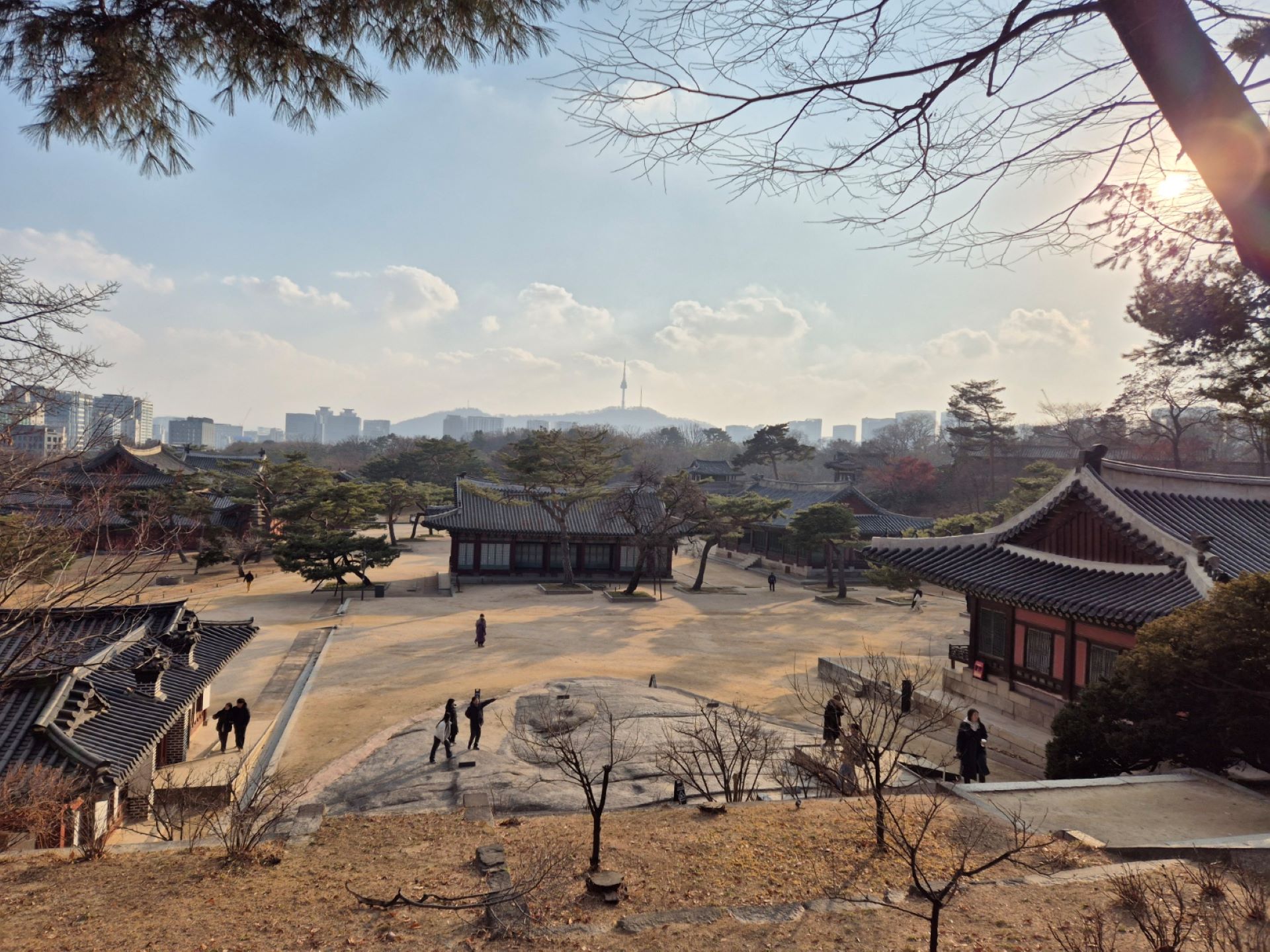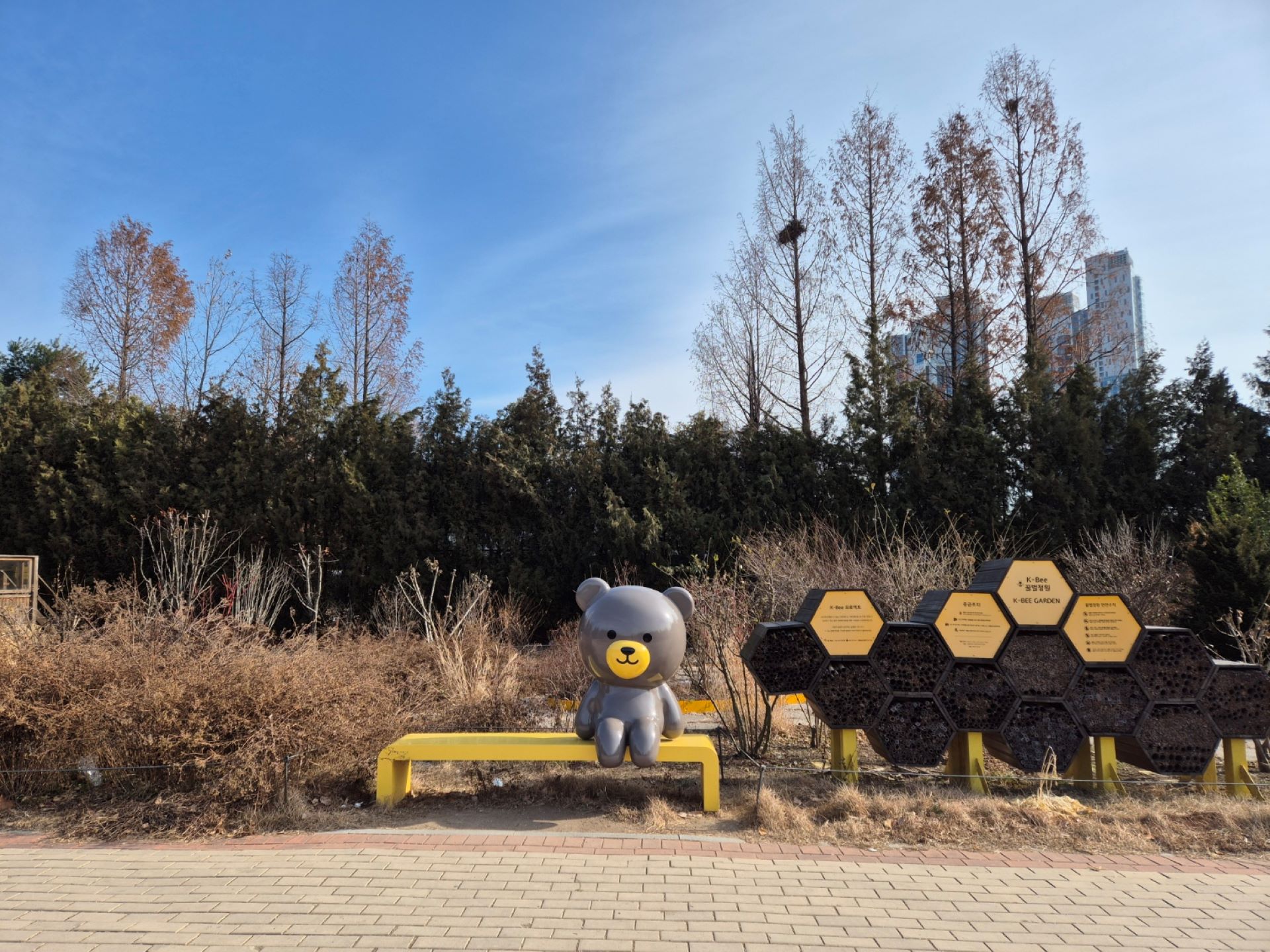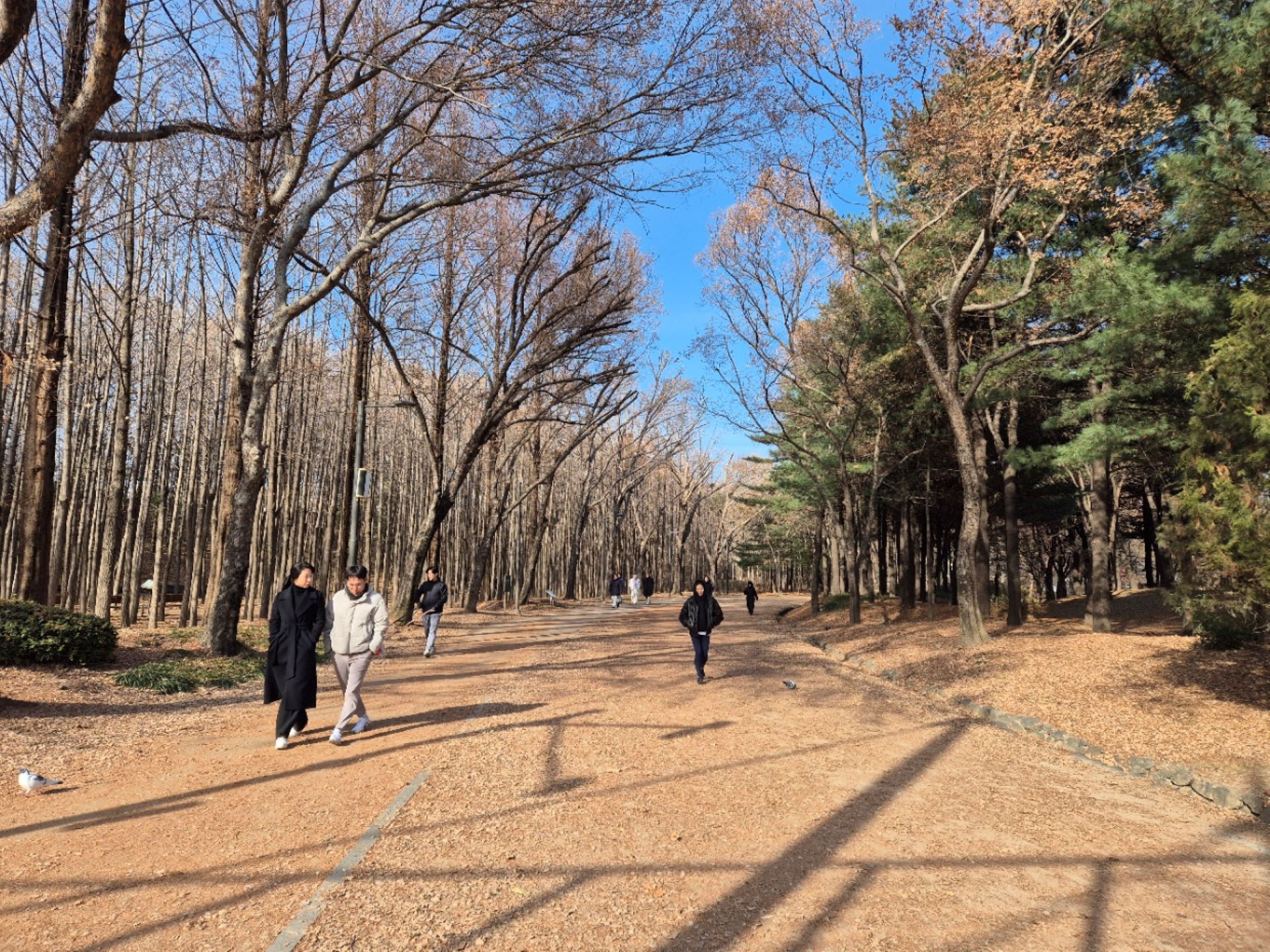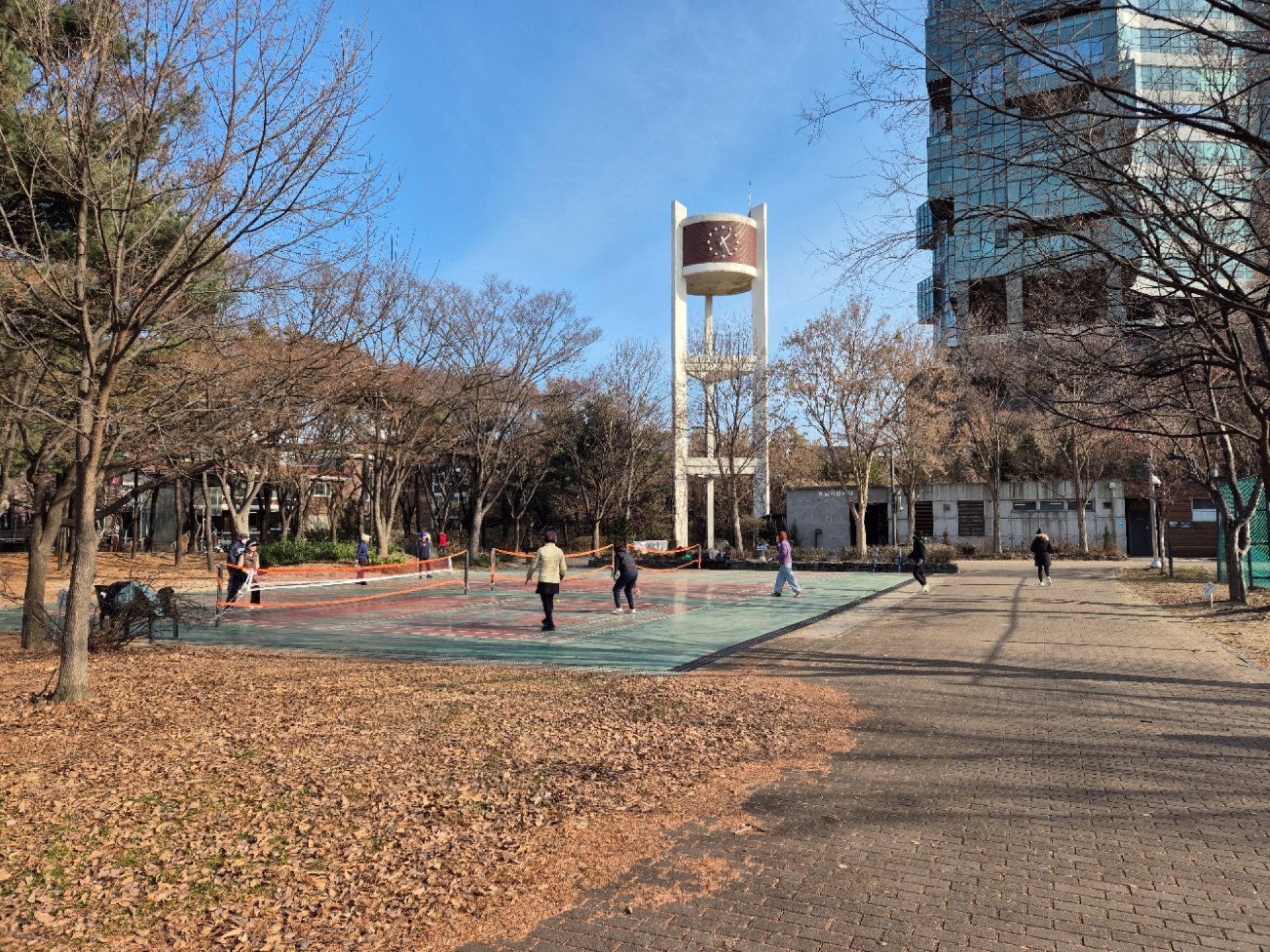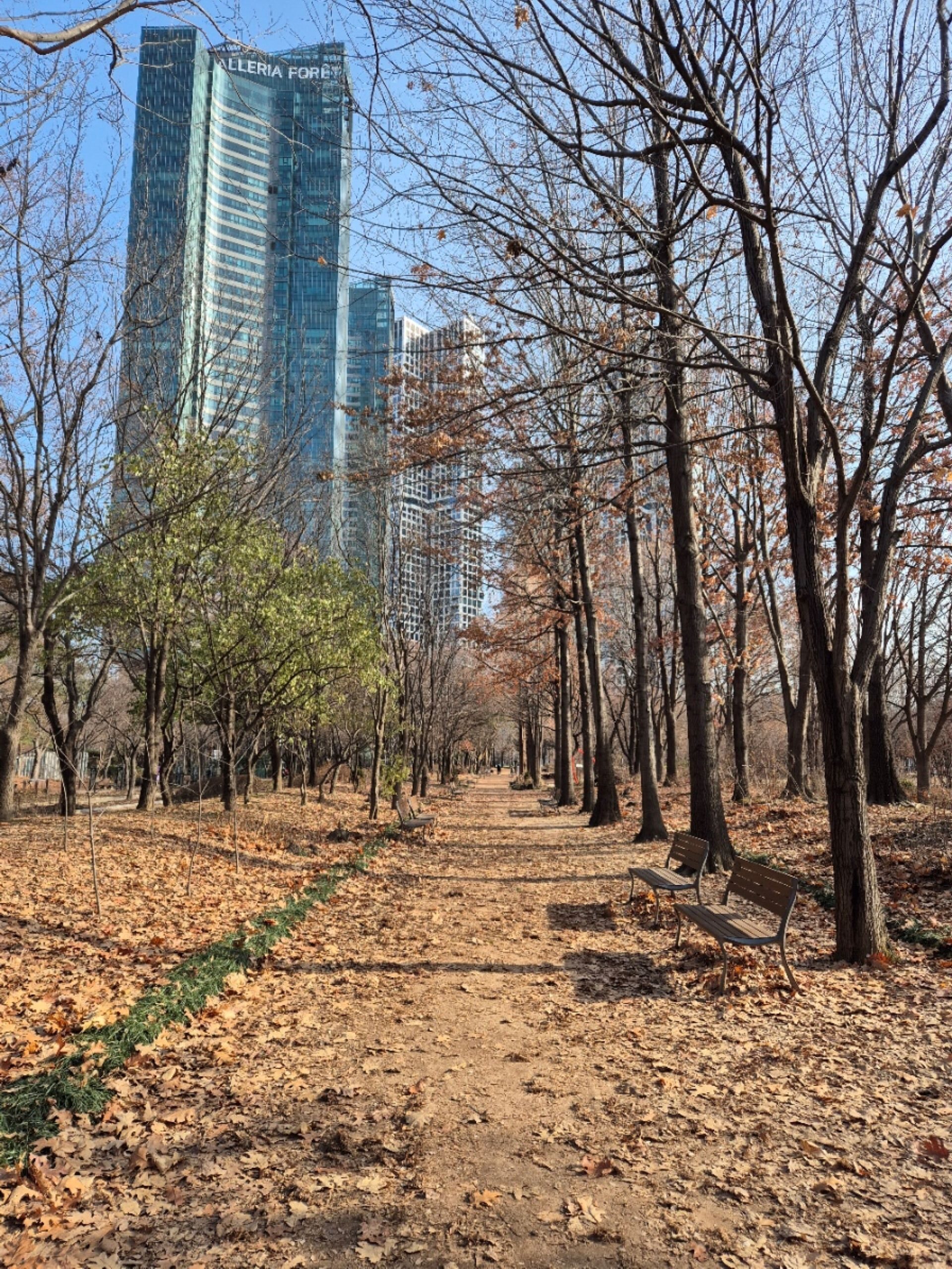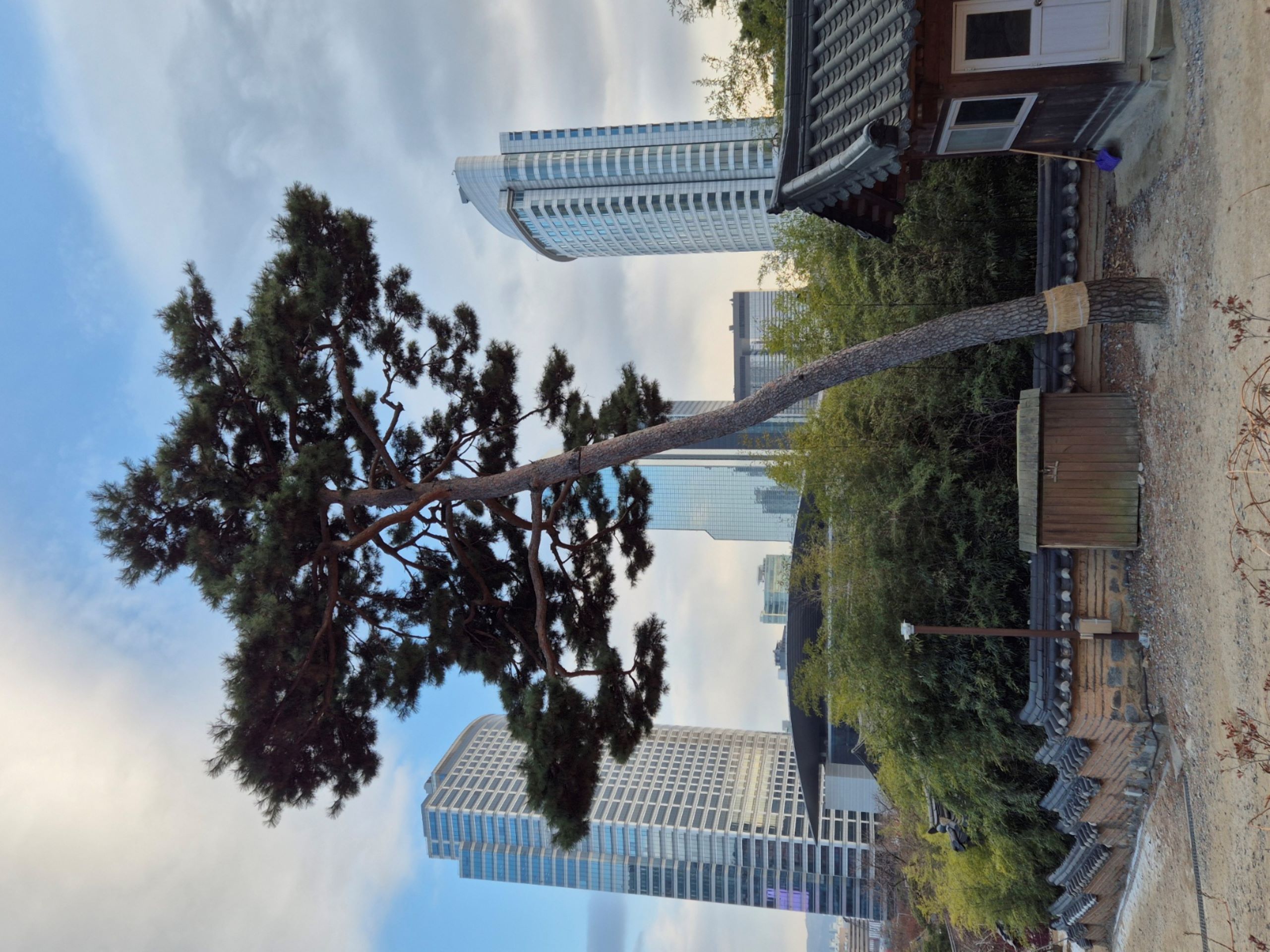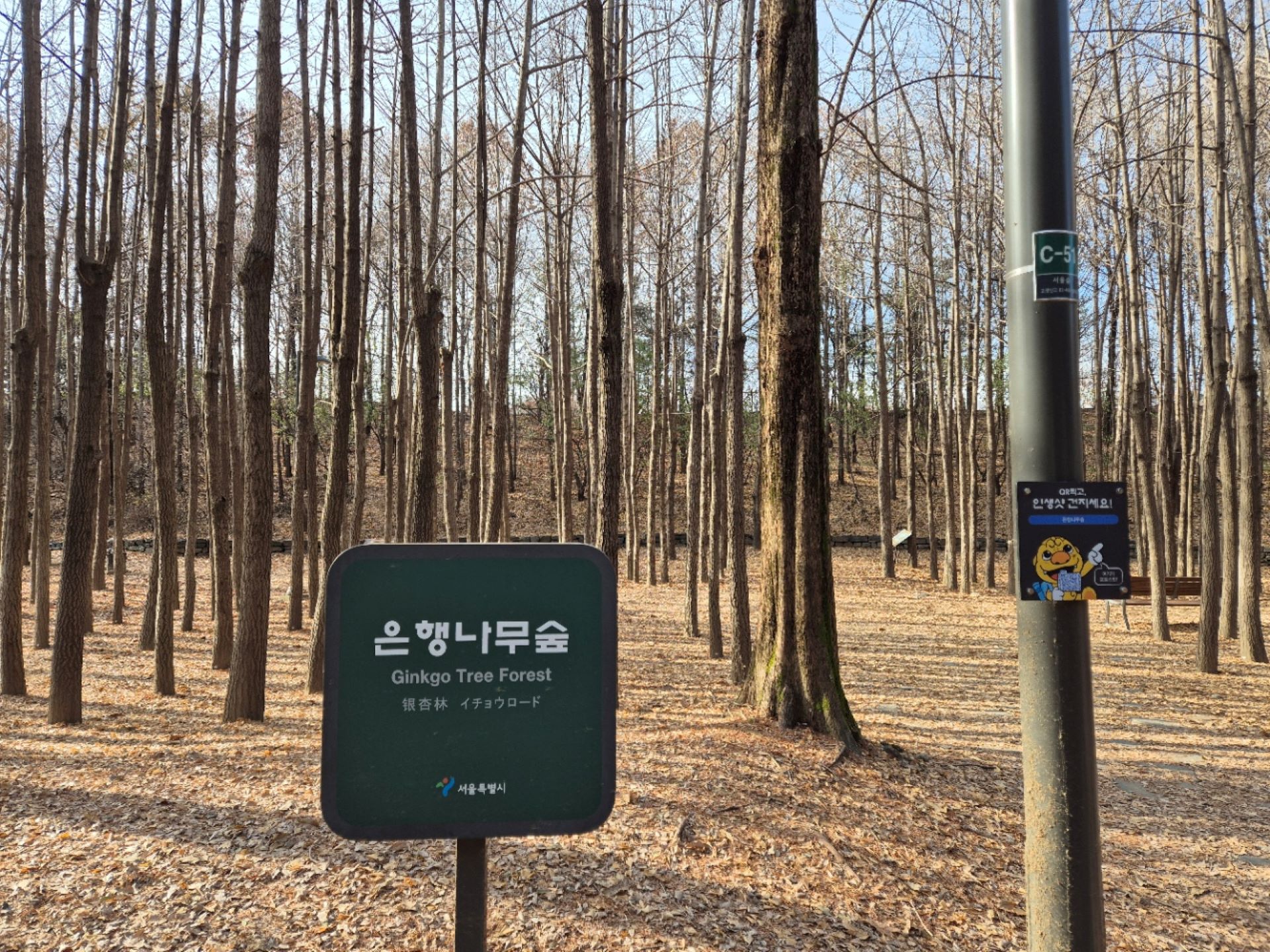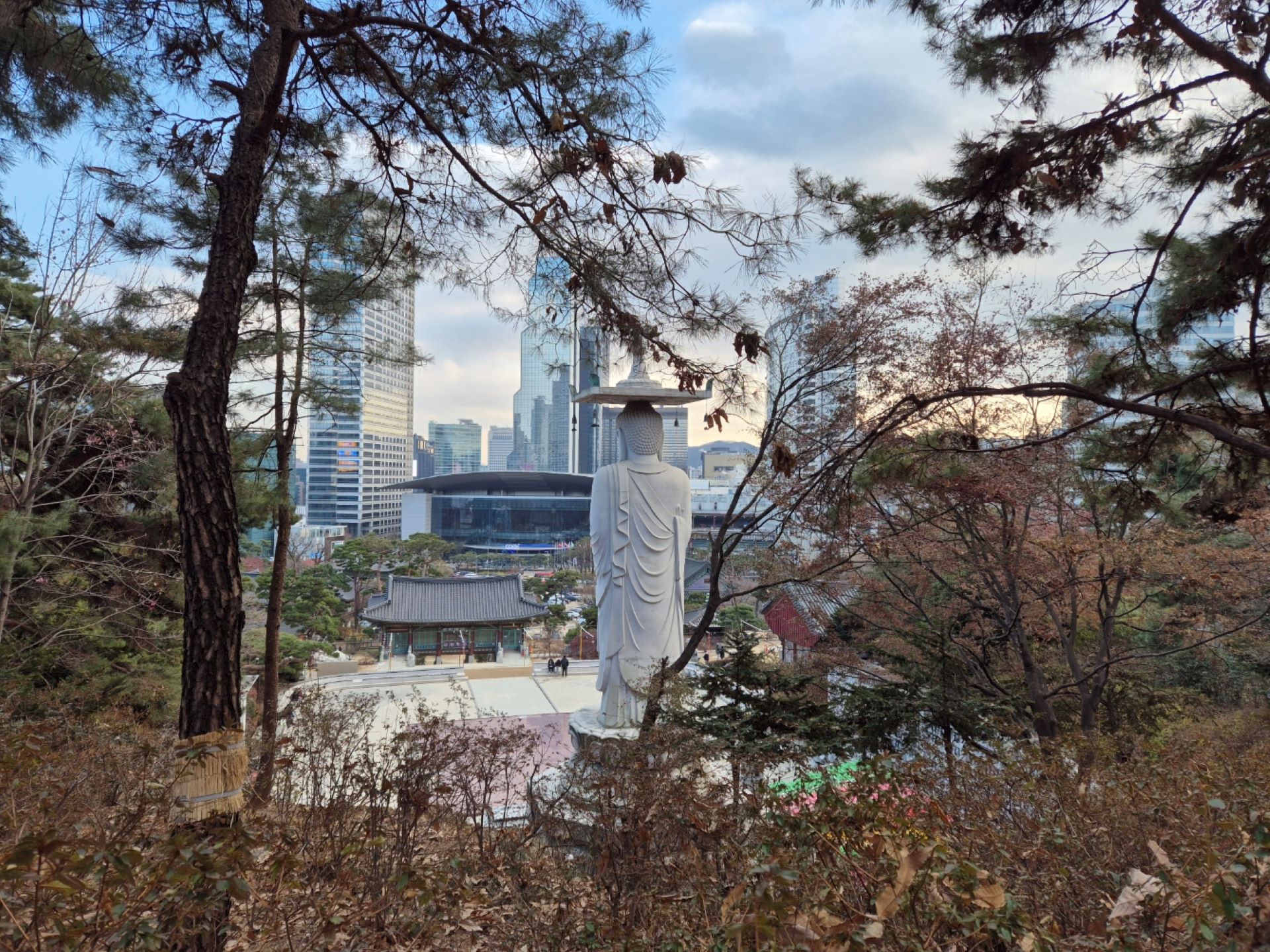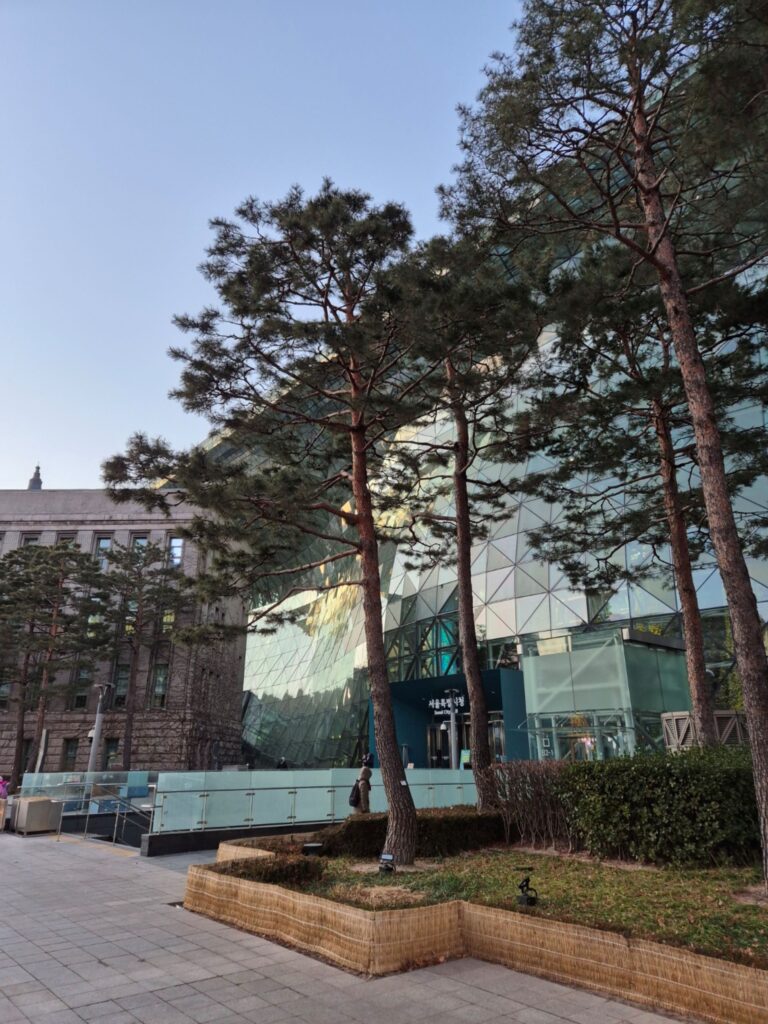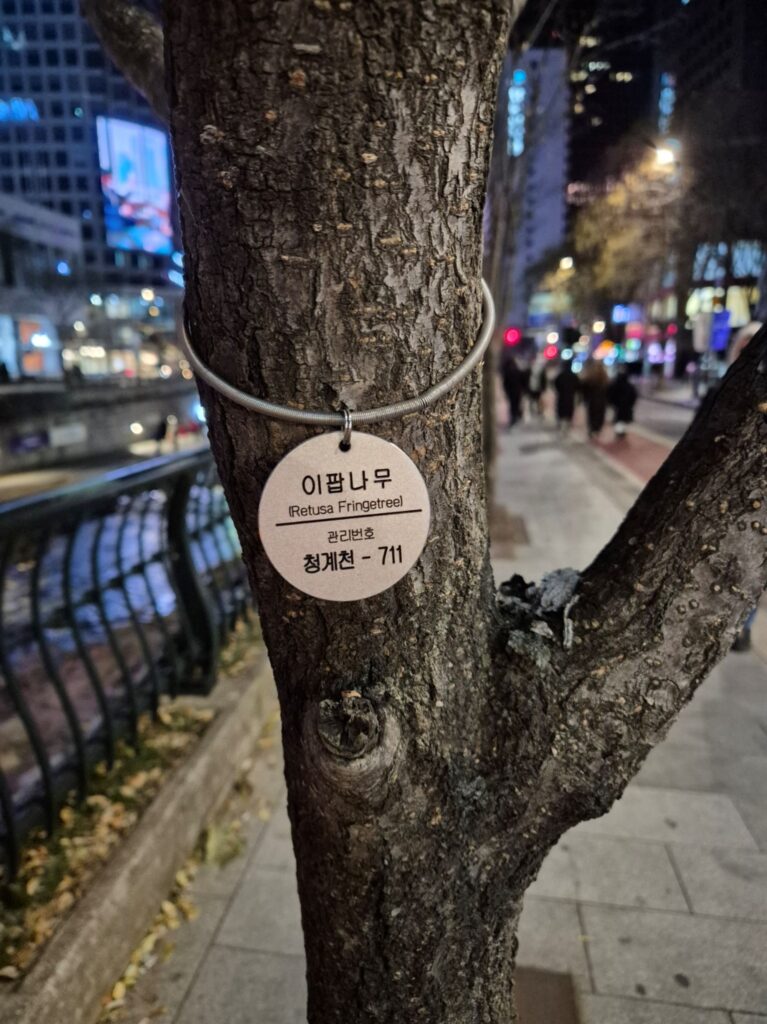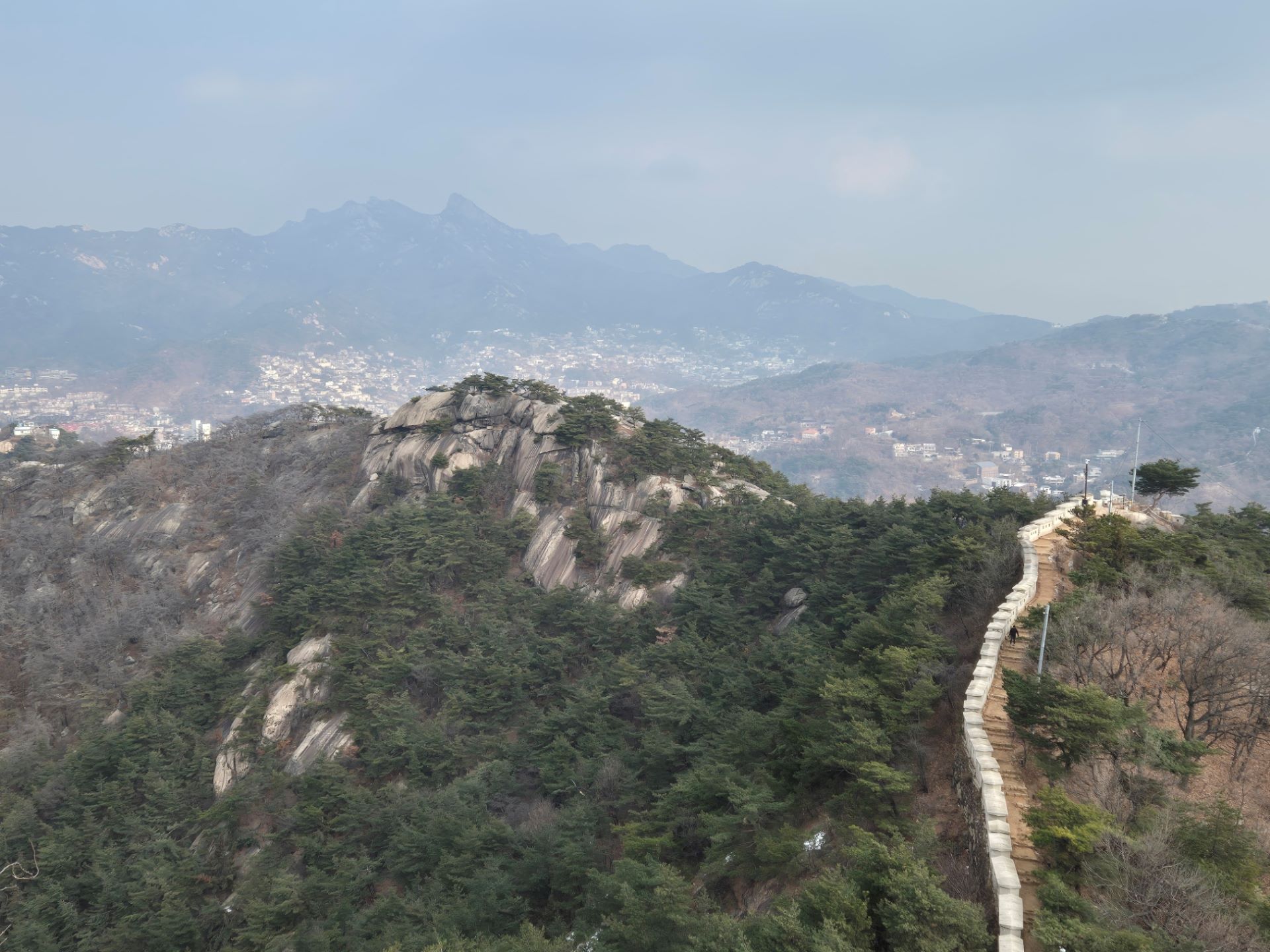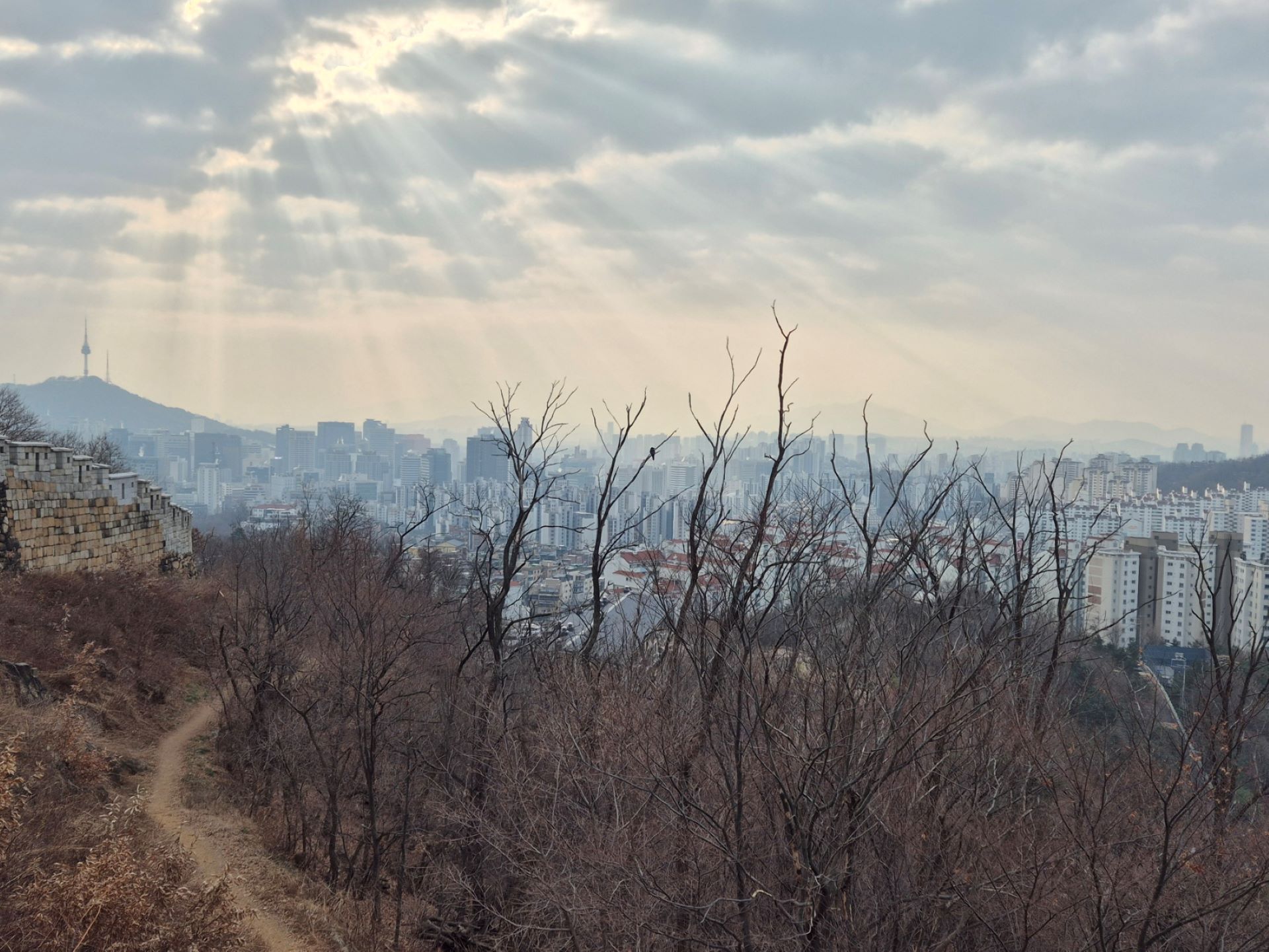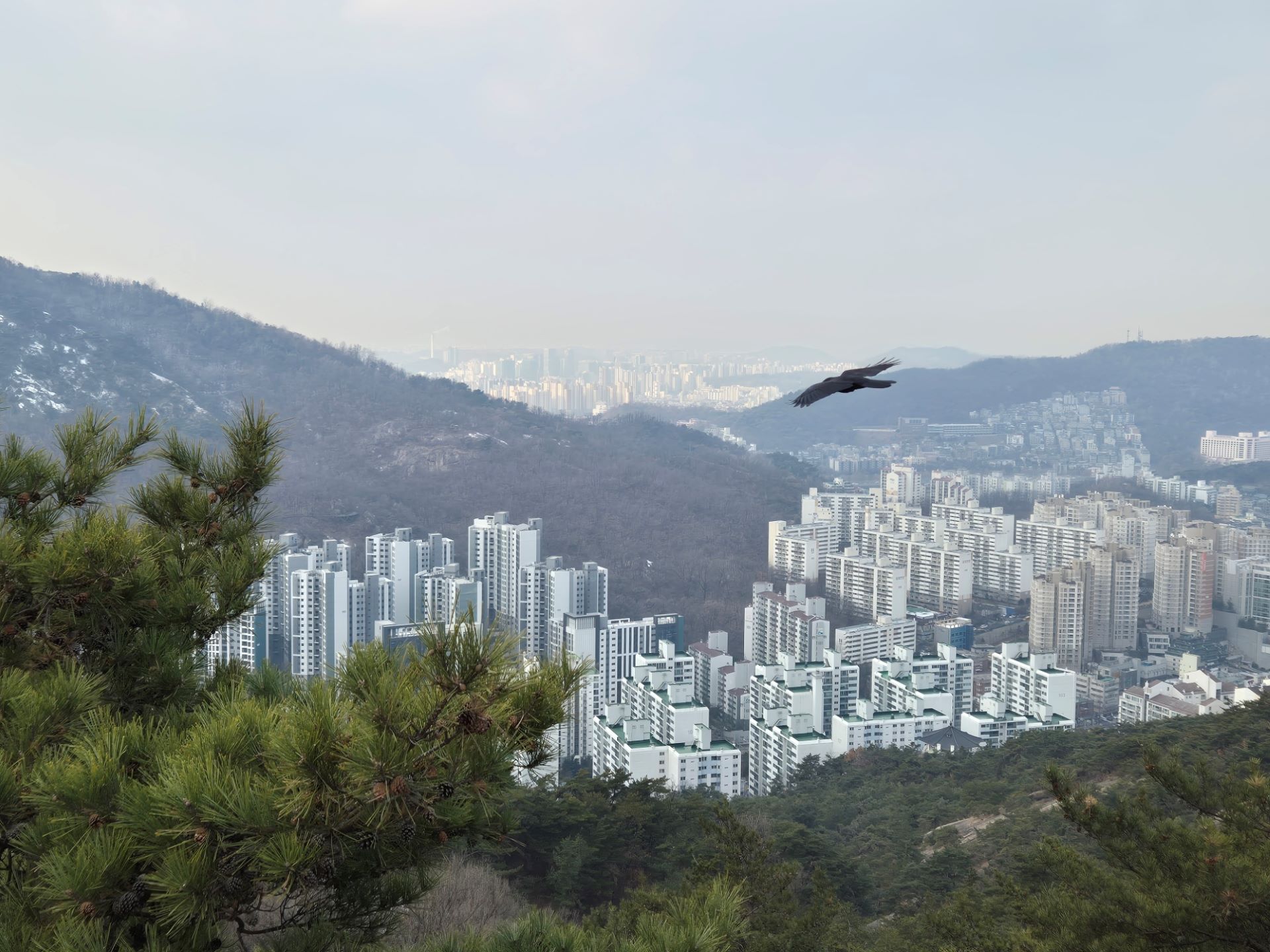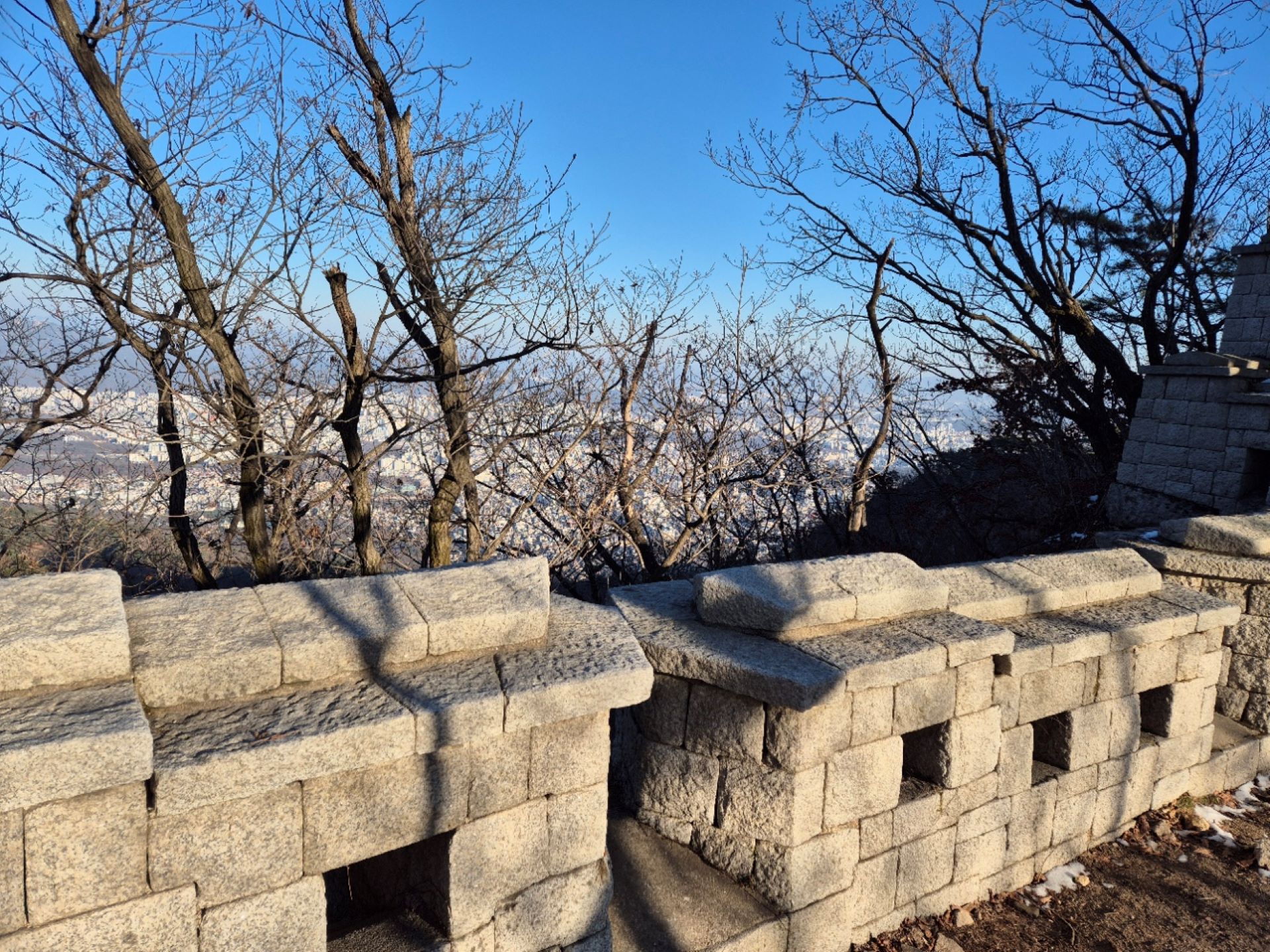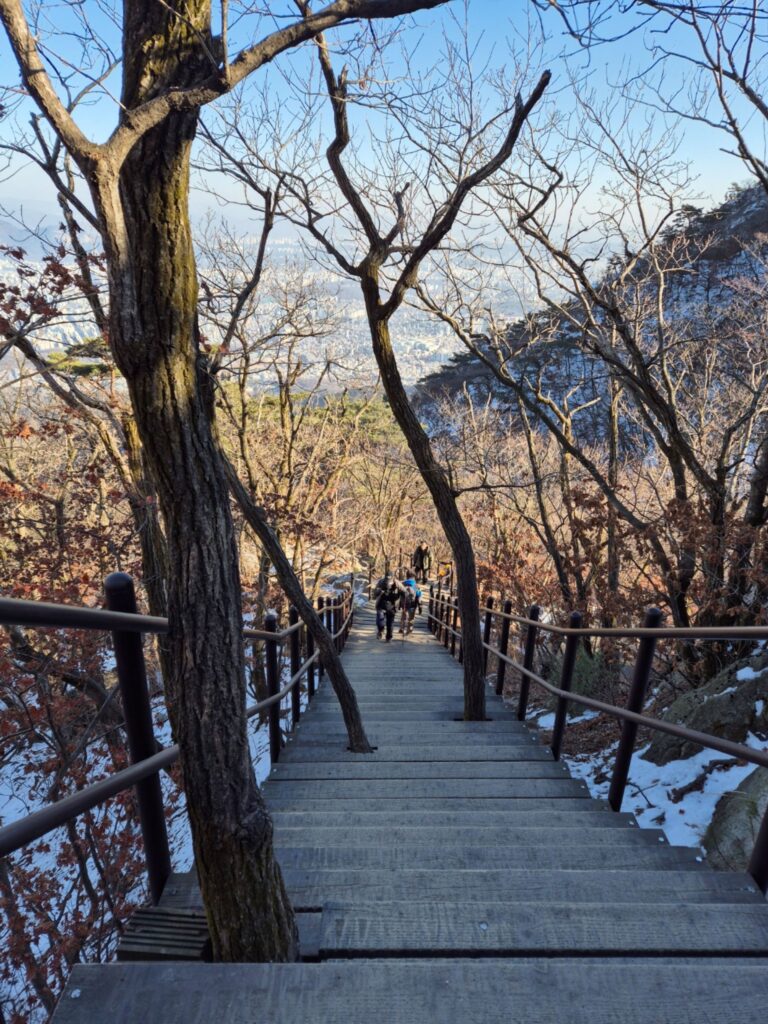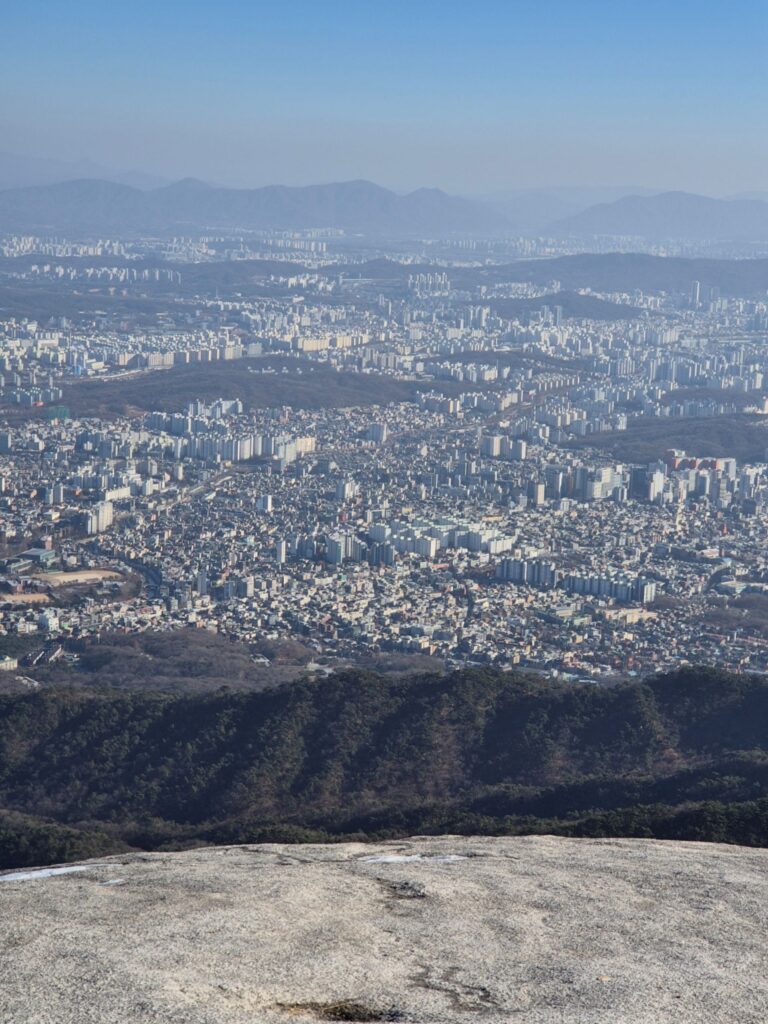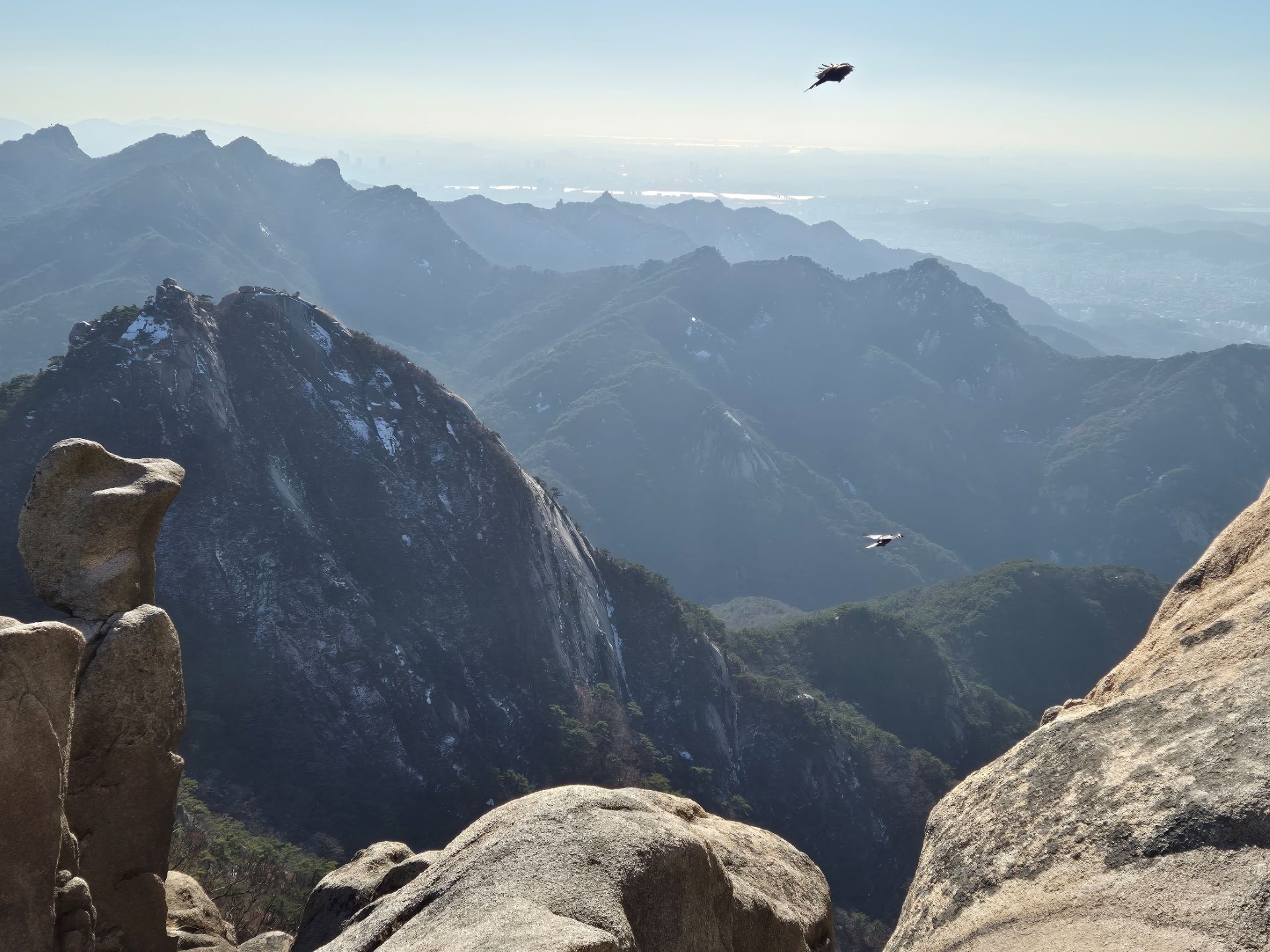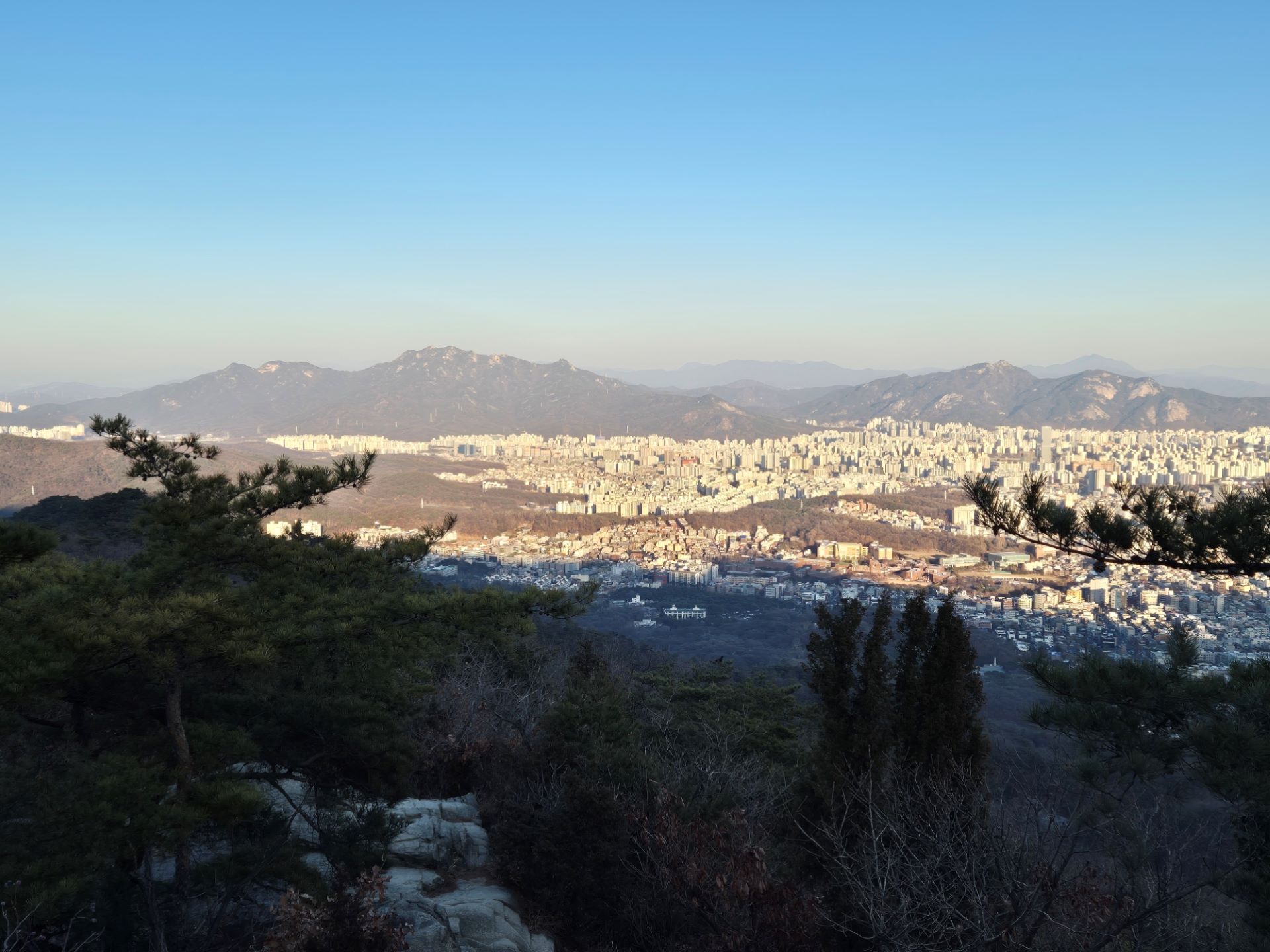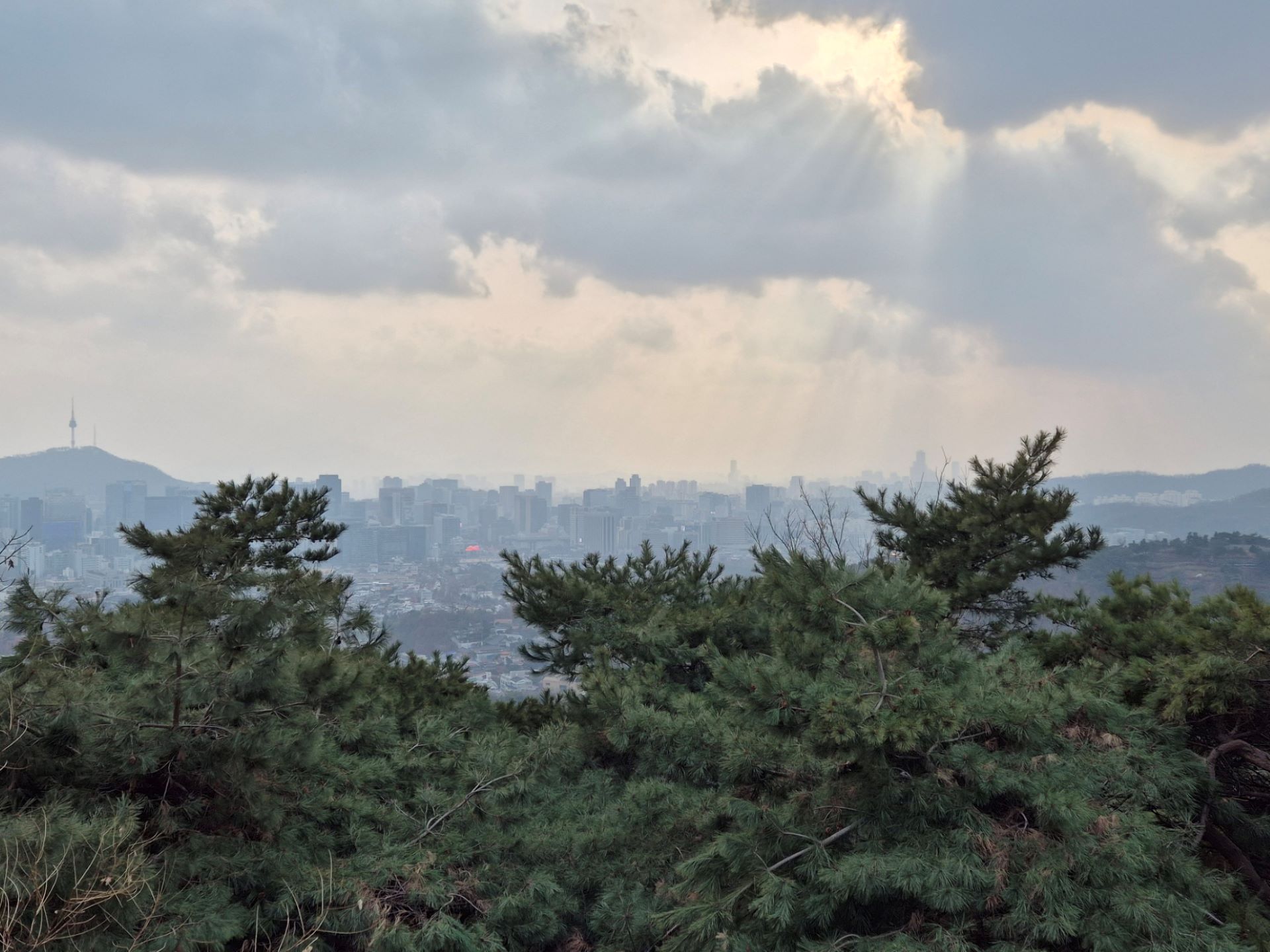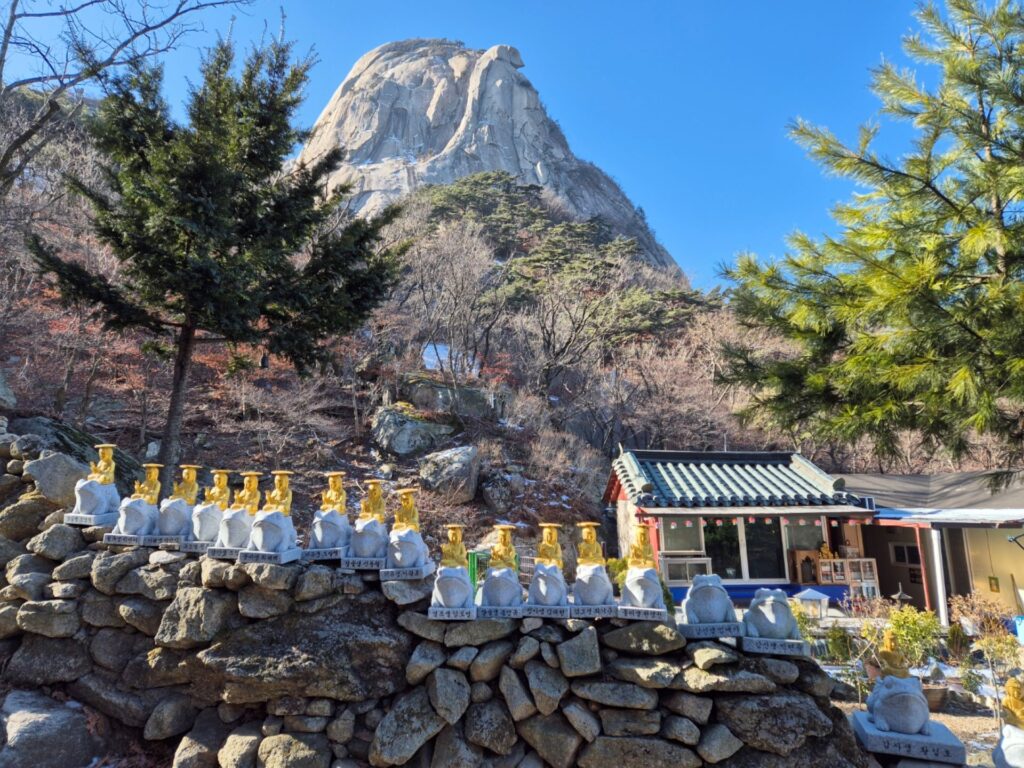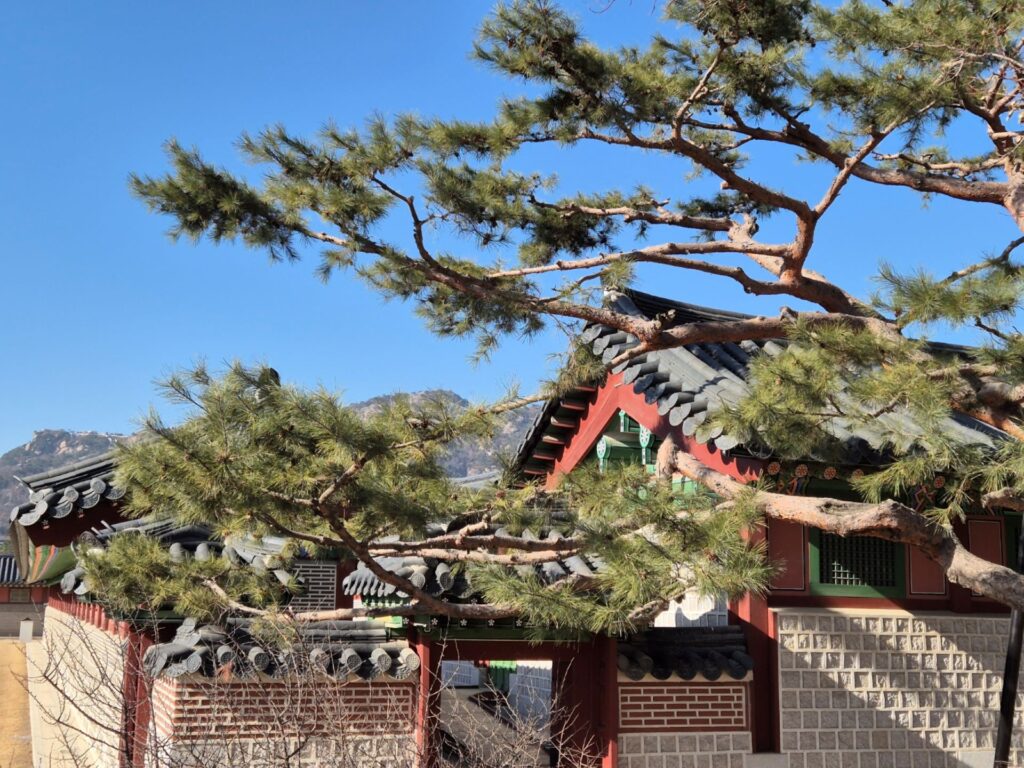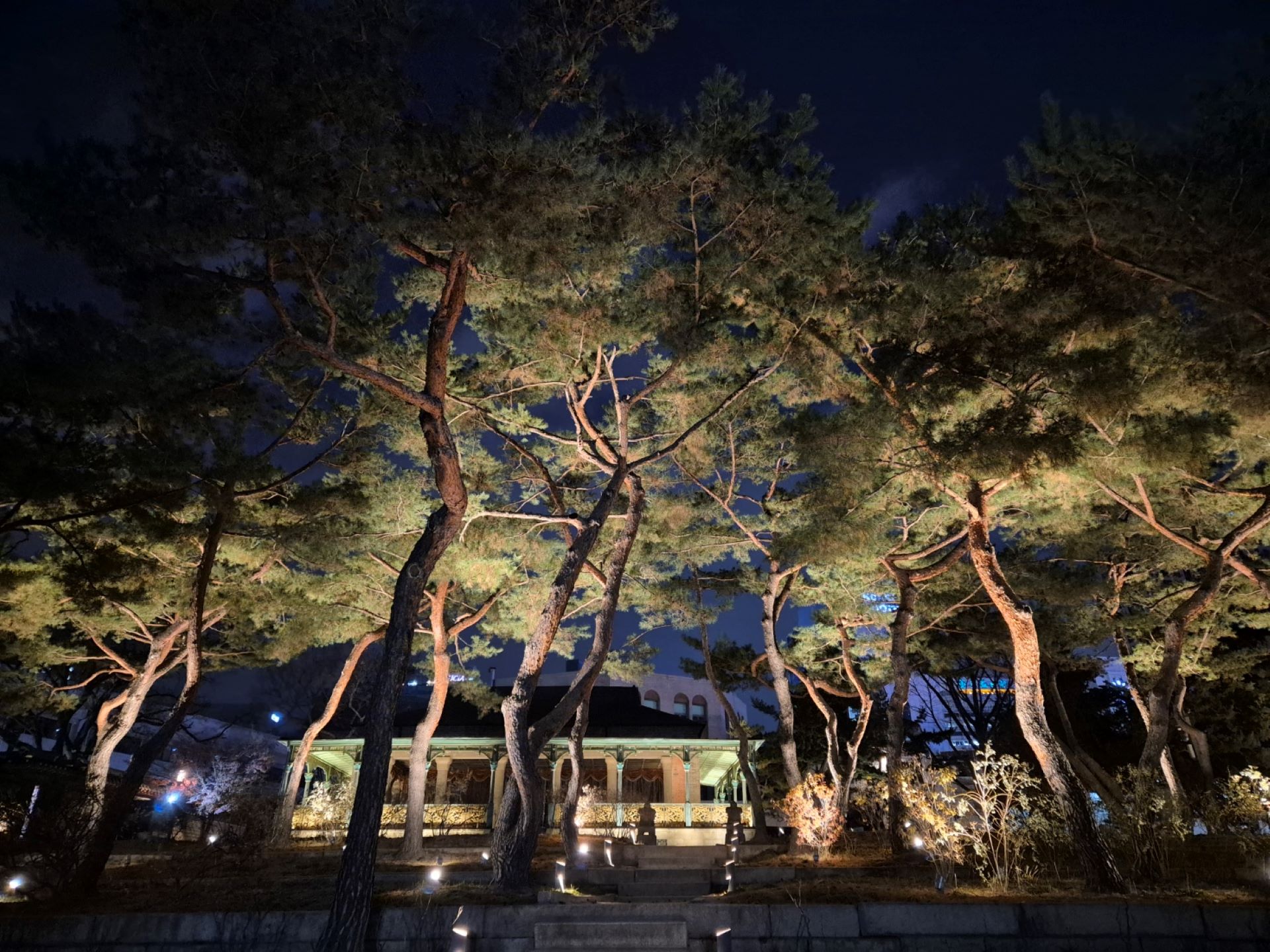The capital of South Korea is surprisingly well connected to nature with abounding trees and parks.
If you miss the spring cherry blossoms in Seoul, the winter season can seem rather bleak, with leafless trees and cold, biting winds. In the eastern part of the South Korean capital bordering the Hangang (Han) River, the Seoul Forest is sparse and deserted, except for the occasional brave walkers and a few warning signs about snakes and bees hibernating somewhere nearby.
There is a grove of gingko trees and a frozen lake that is reminiscent of Central Park in New York City, with high-rises surrounding it and women playing a form of pickleball on old tennis courts. The Seoul Forest is more of a public park than a forest. To see more natural forests, you can easily access various mountain trails in and around the city.
Seoul is dotted with hills and mountains, remnants of volcanic activity from millennia ago. These landforms create a fascinating landscape of clusters of high-rise buildings separated by lush, tree-covered mini-mountains not much higher than 500 meters. The tallest peaks, standing at less than 900 meters, are located in Bukhansan National Park, about a 30- to 40-minute metro ride due north from the City Hall stop.
The City Hall has also integrated massive walls of fresh greenery inside its entrance hall, along with trees around the building. Additionally, Seoul is connected to old mountain fortress trails on the Inwangsan and Bugaksan hills which once protected the medieval city during the Joseon Dynasty (1392-1897).
A perfect day excursion along the north-western border of the megacity offers terrific views beyond the old city walls – revealing the ever-expanding sprawl of buildings stretching around the hills as far as the eye can see.
